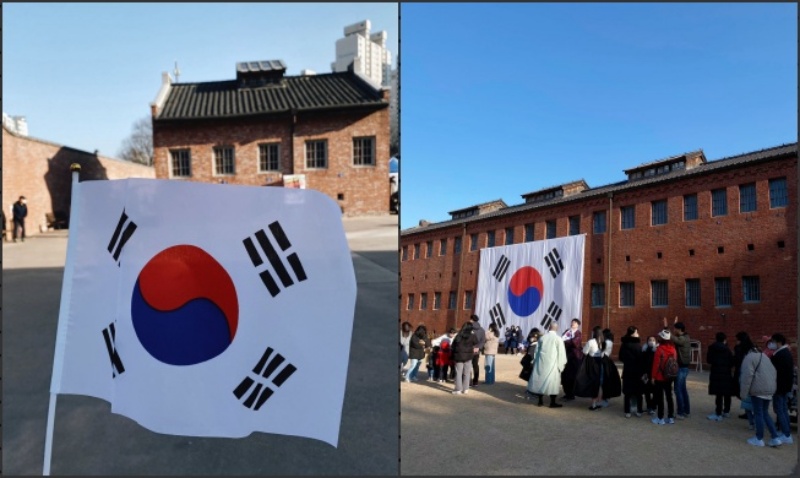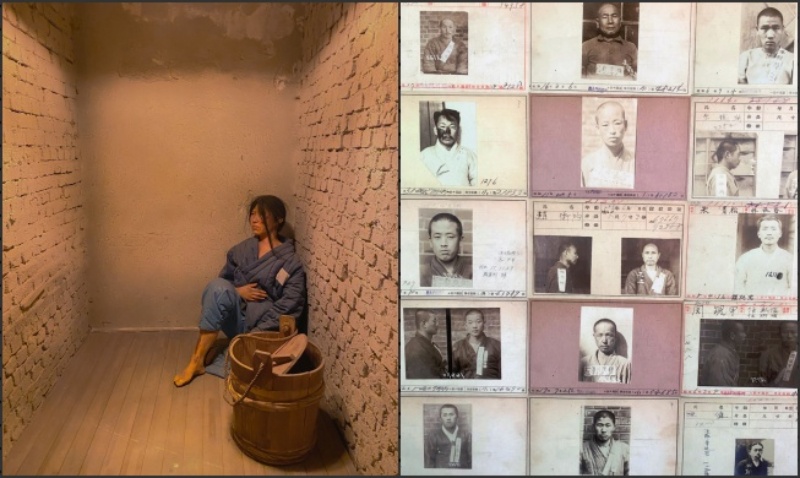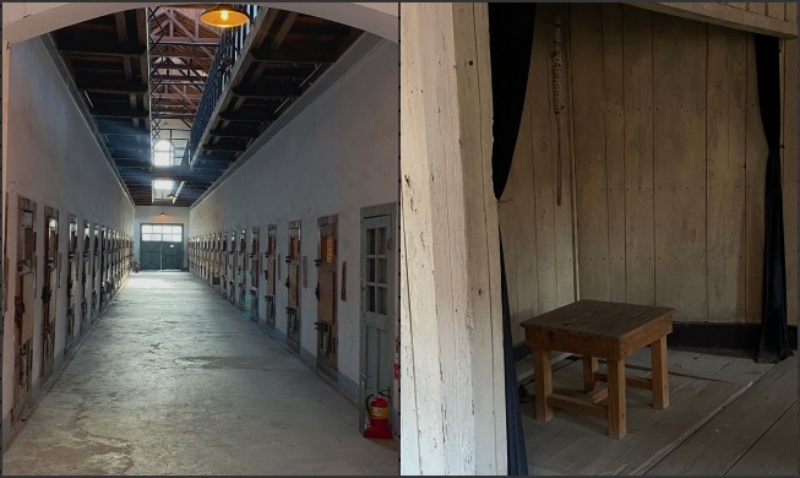- 한국어
- English
- 日本語
- 中文
- العربية
- Español
- Français
- Deutsch
- Pусский
- Tiếng Việt
- Indonesian
By Honorary Reporter Martina Marrandino from Italy
Photos = Martina Marrandino
Every year on March 1, Koreans commemorate March First Independence Movement Day, or Samiljeol in Korean. This historic day, however, was more than a time when Koreans in 1919 banded together to demand independence from Japanese rule; it was also a watershed moment that sparked civil uprisings and demands for freedom, leading to the formation of the Provisional Government of the Republic of Korea that year on April 11.
To commemorate this national holiday, many Koreans hang their national flag on their windows or visit historical sites, exhibitions, concerts or parades around the nation. I visited Seodaemun Prison History Hall on March 1 to honor the noble spirit of those who stood up for their country's independence.

I received a mini-Korean flag as a visitor (left) and the main yard of Seodaemun Prison History Hall (right) was packed with visitors.
Built during the Japanese occupation period to imprison and execute activists, the facility is now one of the nation's most popular tourist destinations. Admission is free and when I visited, I saw many people including children, the elderly and foreign nationals there. The museum staff wore traditional Hanbok and distributed mini-flags to visitors as gifts. People walking around waved the flags while shouting "Manse!" (Hurrah).
As I entered the main exhibition hall, a three-story building that was formerly the administration and security office was the first thing I saw. Every floor has an exhibition showing the prison's history. The second floor has a memorial hall with the records of nearly 5,000 prisoners who devoted their lives for independence. The torture chambers and interrogation rooms in the hall's basement show the brutal methods of torture including those using water and the pulling of fingernails.
Realistic-looking mannequins depict what torture was committed at the time. The tiny solitary confinement cells of around 3 square m each lacked natural light, bathrooms and electricity.

A mannequin of a prisoner is displayed at a solitary confinement cell (left) and incarceration records of prisoners are shown at a memorial hall (right).
Outside the exhibition hall, I entered one of the buildings and looked around the prison cells. Each cell told the story of an activist, with some having art on display as a tribute. A few steps away from the cells is the execution facility, where activists were hanged, and next to it is an exit used to move the bodies of prisoners tortured to death to a cemetery outside the prison.

The museum shows real prison cells (left) and a trapdoor of a hanging facility used to execute prisoners (right).
Many might find it difficult to comprehend this period of Korean history, but Seodaemun Prison History Hall symbolizes the nation's unshakable determination in its struggle for independence. I wandered around with a heavy heart, realizing how much activists suffered for their country but that their sacrifices eventually materialized into national independence. This was definitely a melancholy but interesting experience that I learned much from.
msjeon22@korea.kr
*This article is written by a Korea.net Honorary Reporter. Our group of Honorary Reporters are from all around the world, and they share with Korea.net their love and passion for all things Korean.